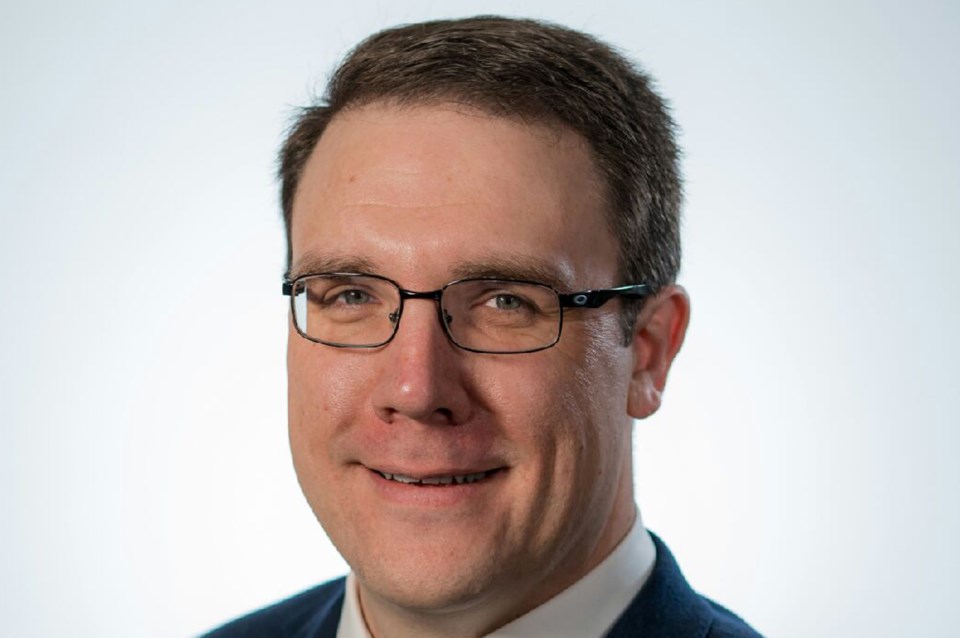SUNDRE - The UCP government plans to continue to encourage rural Albertans, including those in this region, to access COVID-19 vaccinations, says area MLA and Environment and Parks Minister Jason Nixon.
Vaccination rates in rural communities continue to lag behind large urban centre rates, according to Alberta Health Services statistics.
Average second vaccination rates in the Olds, Innisfail, Sundre, and Didsbury regions on Dec. 8 was 69.1, including 63 per cent in the Sundre area. By way of comparison, the average in Calgary on the same day was 81.5 per cent.
During a Dec. 8 news conference at the end of the fall legislative sitting, Nixon was asked by the Albertan what plans, if any, the government has to get more rural residents immunized.
“Overall the province’s vaccination rate is very high and very promising,” said Nixon. “You are seeing an increase uptake of the vaccine. We need to continue to make clear that vaccines are working and our main goal is to make sure that the health-care system continues to run and be able to protect the people who need it.”
“Alberta Health Services is doing everything they can to make it available and have conversations about what concerns people may have, that are vaccine hesitant.
Over the past 120 days, 88 per cent of COVID-19 patients admitted to ICUs in Alberta hospitals were either non-vaccinated or partially vaccinated, with 84 per cent being not vaccinated, according to AHS.
“The reality is that the success rate of vaccination as far as preventing ICU (admissions), death and significant adverse affects on Alberta is well documented over the last year and it is certainly the best way to keep yourself safe during the COVID-19 pandemic,” said Nixon, whose riding is Rimbey-Rocky Mountain House-Sundre.
The UCP government rejected official Opposition calls last week for an emergency debate on the pandemic response, including regarding vaccinations.
During the sitting-ending news conference, Nixon was also asked by the Albertan what reaction he has been getting regarding the new Trails Act, introduced by Nixon and passed on Dec. 7.
The legislation impacts 13,000 kilometres of designated trails, including in this region, as well as many more kilometres of unmanaged trails. It enables trails to be designated for specific uses such as for hiking, riding and for off-highway vehicles.
Nixon says reaction from groups and organization he has heard from has been positive.
“We’ve been hearing from lots of stakeholders, the groups on the trail side, including the big ones like the Alberta Hiking Association, the Alberta Off-Highway Vehicle Association, and the snowmobile organizations,” he said.
“In Mountain View County the Friends of the Eastern Slopes are very excited with the work that has been taking place with the Trails Act.”
The passage of the legislation is the “first major step to be able to make sure we can create a framework to work very closely with organizations like the Friends of the Eastern Slopes to protect our backyard but then also to make sure that we can use it now while protecting it for future generations,” he said.
The Alberta Wilderness Association (AWA) calls the new Trails Act bad news.
“Through this bill’s trails manager and trail agreement provisions, Minister Nixon will give himself the power to make any person, including corporations, responsible for managing all aspects of trails on public land,” said Devon Earl, AWA’s conservation specialist.
The Trails Act is the first major updating of trails management legislation in Alberta in 40 years.



